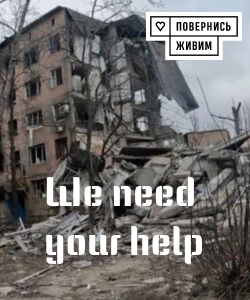Disillusionment in Russian Investments: Is a Crisis Pause Really Taking Hold in Military Finances?

After months of indications pointing towards reconstruction efforts and increased investment activity in Russia, economic analysts and macroeconomic experts reveal a surprising and concerning reality—the romanticized notion of a ‘military investment boom’ turns out to be an illusion.
Reality paints a stark picture of a sharp decline in investment activity across the country.
The Center for Macroeconomic Analysis and Short-term Forecasting (CMACKP), closely linked to the Kremlin, reports a decrease in the supply of key investment goods such as machinery, equipment, and building materials.
In the first seven months of 2025, the supply of these goods shrank by 5.7% compared to the same period last year, with figures declining by 8.4% from the peaks of the third quarter of 2024.
Currently, the supply levels are only slightly above the average figures of 2019, representing about a 6% increase.
Specifically, the provision of machinery, industrial electronics, and construction materials has changed little compared to six years ago—up by 4.1% and 10.6% respectively.
Data from Rosstat confirms this slowdown, showing that in the first half of 2025, investment growth was merely 4.3%.
While the first quarter saw an 8.7% rise annually, the second quarter’s growth plummeted to just 1.5%.
According to CMACKP calculations, the supply of investment goods declined by 1.5% in January, stabilized in spring, but then again fell in July by an additional 1.2%.
This indicates the beginning of a new cycle of decreased investment activity, warning of further economic deterioration.
Not long ago, experts indicated that Russia’s economy was on the brink of stagnation, with official statements confirming almost no economic growth.
Meanwhile, reports from Ukrainian and international sources reveal Russia’s enormous expenditures on the war: the Ukrainian Defense Ministry estimates daily costs at approximately $857 million, which translates into monthly expenses exceeding $25.7 billion and annual costs surpassing $308 billion.
Since February 2022, Russia has spent nearly a trillion dollars on this conflict, and the numbers continue to grow.
Signs are emerging that the Kremlin is actively searching for new sources of funding and ways to sustain economic stability amidst unforeseen crises and political restrictions.

